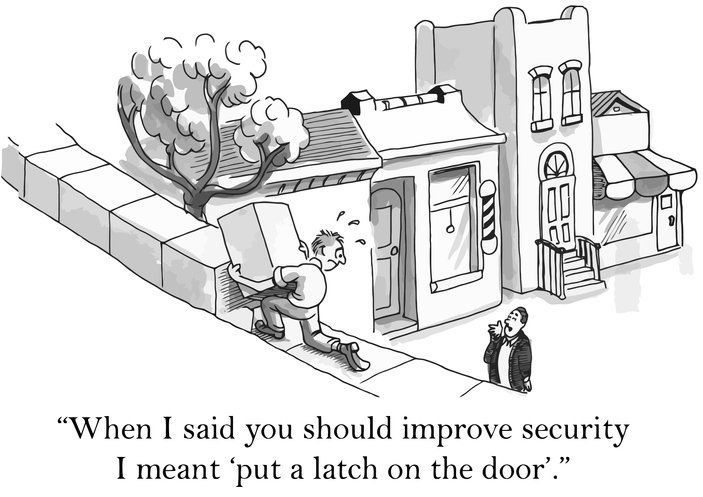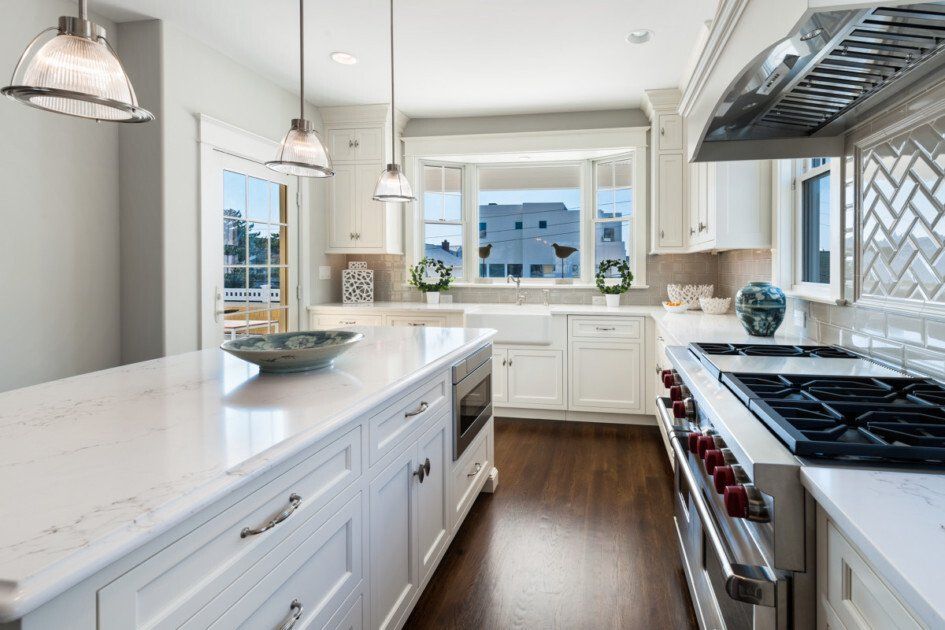Blog

By Molly Christenson
•
September 6, 2022
Don’t you love companies that claim their customer service is better than the competitions? If you asked a sales professional in your showroom to explain how your customer service differs from the competitor down the street, what would he or she say? Competing on statements of just having better customer service usually is difficult to substantiate. Besides, who says their customer service stinks?

By Molly Christenson
•
January 20, 2022
Ritz Carlton co-founder Horst Schulz estimated the lifetime value of a Ritz customer at $300,000. How did he determine that figure is anyone’s guess. However, the fact that he did estimate the value of a customer was meaningful to Schulz’ and Ritz’ success because it signaled that one of the company’s most important assets was customer loyalty.

By Molly Christenson
•
October 28, 2021
Despite widespread media coverage of supply chain challenges, there are more than a few customers that don’t like to hear that you can’t deliver cabinets or other materials within their preferred timeframe. Many showrooms have received calls from angry customers who are not pleased with continual product shipping delays that have put their dreams of a new kitchen or bath on hold. What’s the best way to respond to these angry customers?

By Molly Christenson
•
September 21, 2021
Most everyone has heard the time when you assume you make an ass out of you and me. Yet, in our day-to-day activities, do we take things for granted and assume the reasons why you have won a bid or a contract? Rick Reynolds, writing in Sales & Marketing Management identifies six assumptions that can be disastrous.

By Molly Christenson
•
June 23, 2021
It’s official. Social media has become the primary medium for customer engagement, according to a recent Harris Poll. More than 70% of businesses use social media to connect with customers and prospects. Email is used 61% of the time. TV/radio advertisement is used by 27% of businesses and 24% of businesses attempt to connect with customers through print ads.

By Molly Christenson
•
May 27, 2021
Scott McKain believes that there are three types of customers. At the base level, there are those who are transaction oriented. These are individuals who are completely price oriented. Give them the lowest price and you will win their business. McKain claims in The Ultimate Customer Experience that most businesses overestimate the number of people who are concerned exclusively with price. He makes an important distinction when defining price-oriented purchasers. Price is always a factor but only with a small percentage of the buying public is price the only factor.
Make Your Dream Kitchen and Bathroom a Reality
Your kitchen and bathroom deserve a makeover that reflects your unique style and needs. With Kitchens of Stillwater and Woodbury, you'll enjoy a seamless remodeling experience backed by expert craftsmanship, quality materials, and unmatched dedication to customer satisfaction.
So, what are you waiting for? Schedule a Visit Today to take the first step toward transforming your space into something extraordinary.


